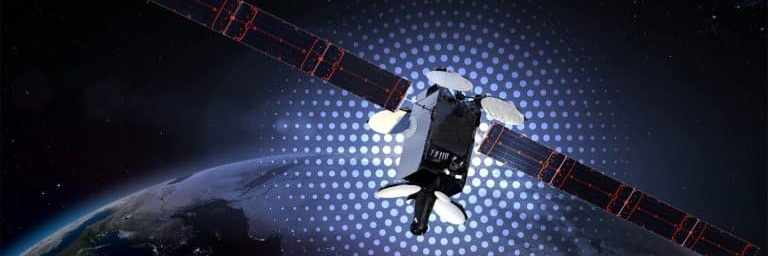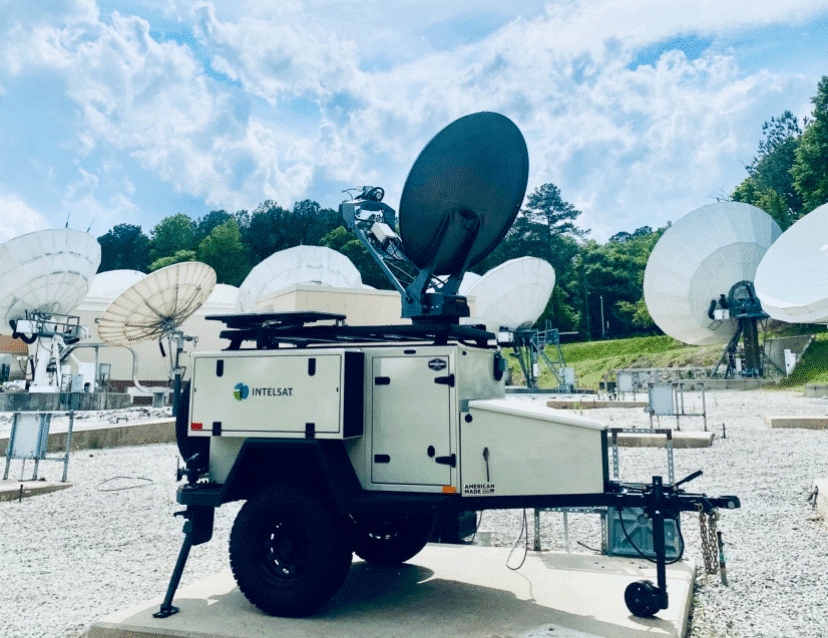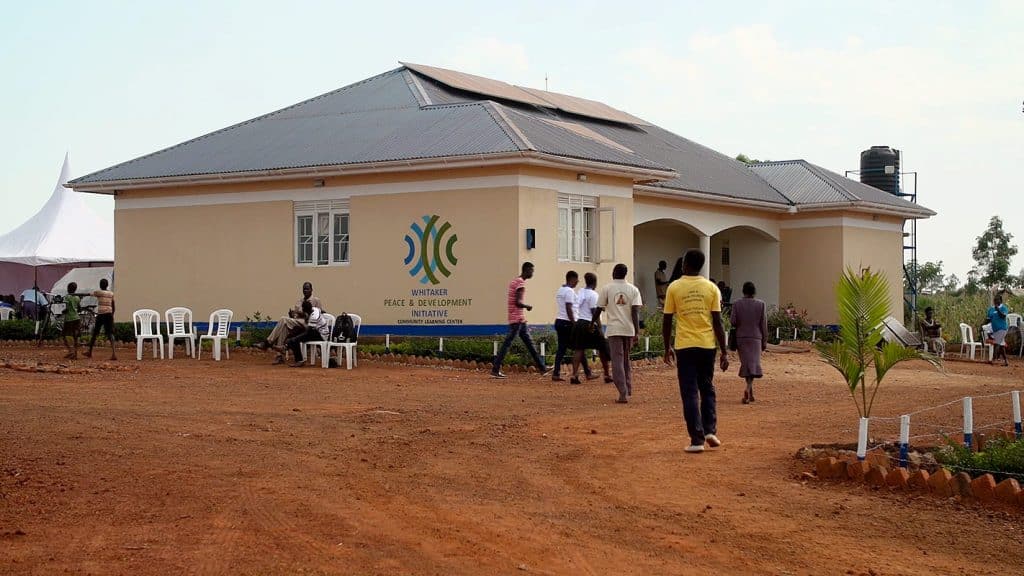Modifying UAS CONOPS Would Dramatically Increase Bandwidth Options
The American military enjoys a large C4/ISR superiority over any other force in the world today. This superiority is fueled by satellite communications (SATCOM) bandwidth. Due to the imperative of preserving this vital advantage and the natural course of technological advancements, the need for SATCOM bandwidth is projected to keep increasing for at least a decade. This growth is fueled primarily by the increased need for Unmanned Aerial System (UAS) missions.
Commercial SATCOM bandwidth currently supplies roughly 80 percent of military satellite communications. The commercial sector is poised to provide even more support. However, there are drawbacks in how the military accomplishes the downlinking of SATCOM that hamper the access of greater bandwidth and reduce coverage in certain parts of the globe.
Currently, a mobile ground control system is deployed with the UAS and is used line-of-sight for take off and landing. The remainder of the mission C2 and data exfiltration is provided via satellite link that uplinks/downlinks to Distributed Ground Systems (DGSs) only. There is only a small number of DGS sites connected to the Distributed Common Ground System (DCGS) that transports UAS commands, telemetry, and mission data around the world. This satellite link infrastructure allows for UAS control to be consolidated in a small number of locations, usually away from the immediate combat area (i.e. CONUS).
However, this system presents a challenge. UAS satellite links must utilize one of the DGSs for uplink/downlink, which are often not geographically near to the theaters of operation for the UASs. This can make it difficult to secure satellite coverage of both the theater of operation and a DGS from the same spacecraft. This requirement significantly limits the commercial satellite capacity that can be utilized for UAS applications. Connecting additional government sites and/or commercial teleports to the DCGS would reduce this restriction.
There are currently only five DGS locations globally that download military SATCOM: Langley AFB in Virginia, Beale AFB in California, Osan AB in South Korea, Ramstein AB in Germany, and Hickam AFB in Hawaii.
This challenge of limited coverage can take place anywhere around the Globe, but a good example is Africa. The closest DGS is Ramstein AB, but a congested GEO-belt and contested regulatory environment over Africa and Europe make it extremely difficult to find a spacecraft that has rights to broadcast and capacity available for both Africa and Europe/Germany. Most GEO operators in this region will have filings and frequency priorities for a given orbital position for Africa but not Europe, or vice versa.
The challenging commercial environment in the region coupled with limitations on uplink/downlink location makes it very difficult to provide commercial capacity for military use in this region. However, there are many satellites and beams that cover parts of Africa and the Middle East. It would be possible to meet an African UAS requirement with the addition of an uplink/downlink within the continent or within the Middle East.
So, if DCGS-connected uplink/downlink capability was added to existing US military installations in the UAE, Qatar, or Djibouti, many more options would be available for commercial capacity to meet mission requirements. Another possible DGS solution for African UAS requirements is Langley AFB in Virginia. Some commercial capacity exists that covers the East Coast of the United States and parts of Africa. However, the addition of DCGS-connected uplink/downlink capability in the Middle East and/or Africa is the most direct way to alleviate the current challenges.
The addition of more globally dispersed DGS sites would increase flexibility for the US military and create possibilities for commercial satellite coverage that were never before available. Existing US military installations in Africa (Djibouti), the Middle East (UAE and Qatar), and the Pacific (Guam, Japan, Australia) could be added, especially if the locations already have DCGS connectivity.
If the current budgetary environment makes expansion of the DCGS too difficult, there is another solution that does not require additional DCGS-connected sites at US military installations around the globe. In order to fully utilize the commercial infrastructure that is already in place, rather than just the space segment, UAS traffic can be downlinked to commercial teleports, and then routed over terrestrial fiber links to the closest DCGS connection point.
Security could be maintained with such a design. The data would remain encrypted as it traverses the secure IntelsatOne network. Intelsat’s infrastructure and networks are built and assessed against DoDI 8500.2 MAC Level I controls and are regularly assessed, audited, and tested. Intelsat employs relevant and layered countermeasures to combat the most advanced threats against industry and government. Further, Intelsat continuously evaluates the threat landscape and the effectiveness of its countermeasures to adjust and adapt to the latest threat actors and attack methods.
This commercial solution could increase the availability of commercial SATCOM for military use, reinforcing our military’s C4/ISR superiority around the globe. It also could reduce the need for government investment in additional DCGS-connected uplink/downlink sites. With the current FY 2014 NDAA language encouraging the DoD to adopt new and less costly processes for commercial SATCOM procurement, additional uplink/downlink sites are a win-win for all parties.






















